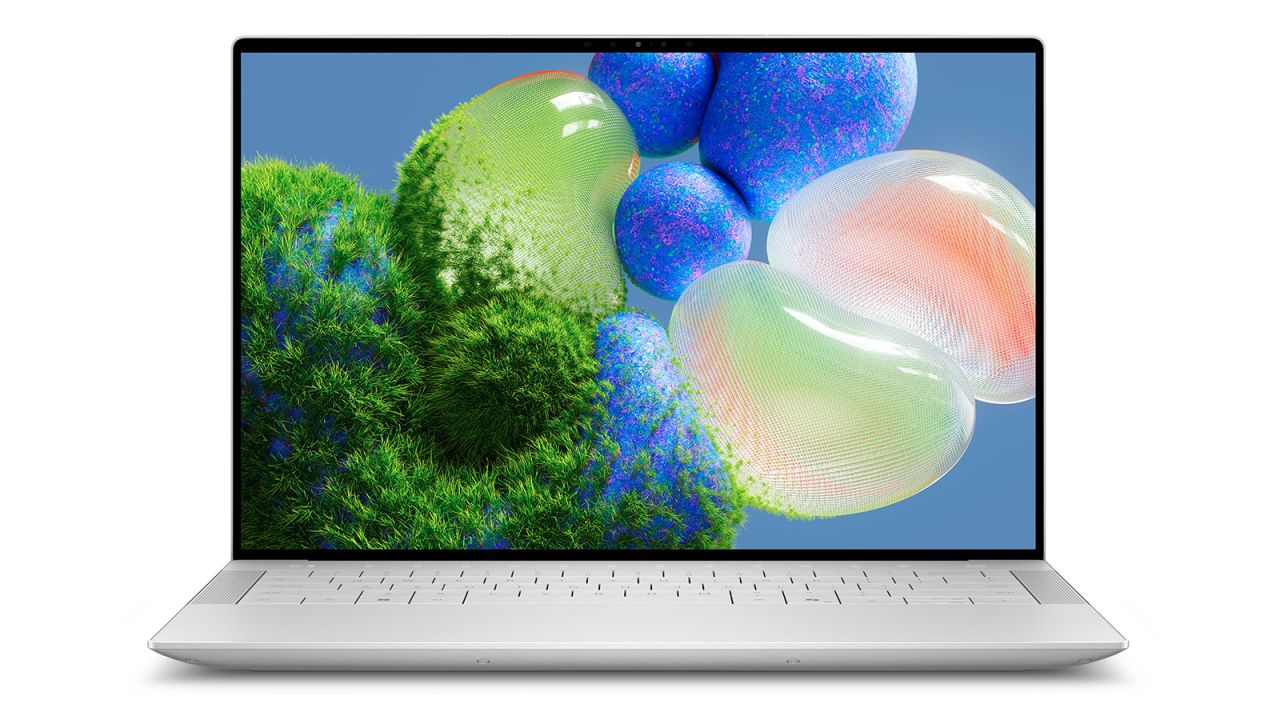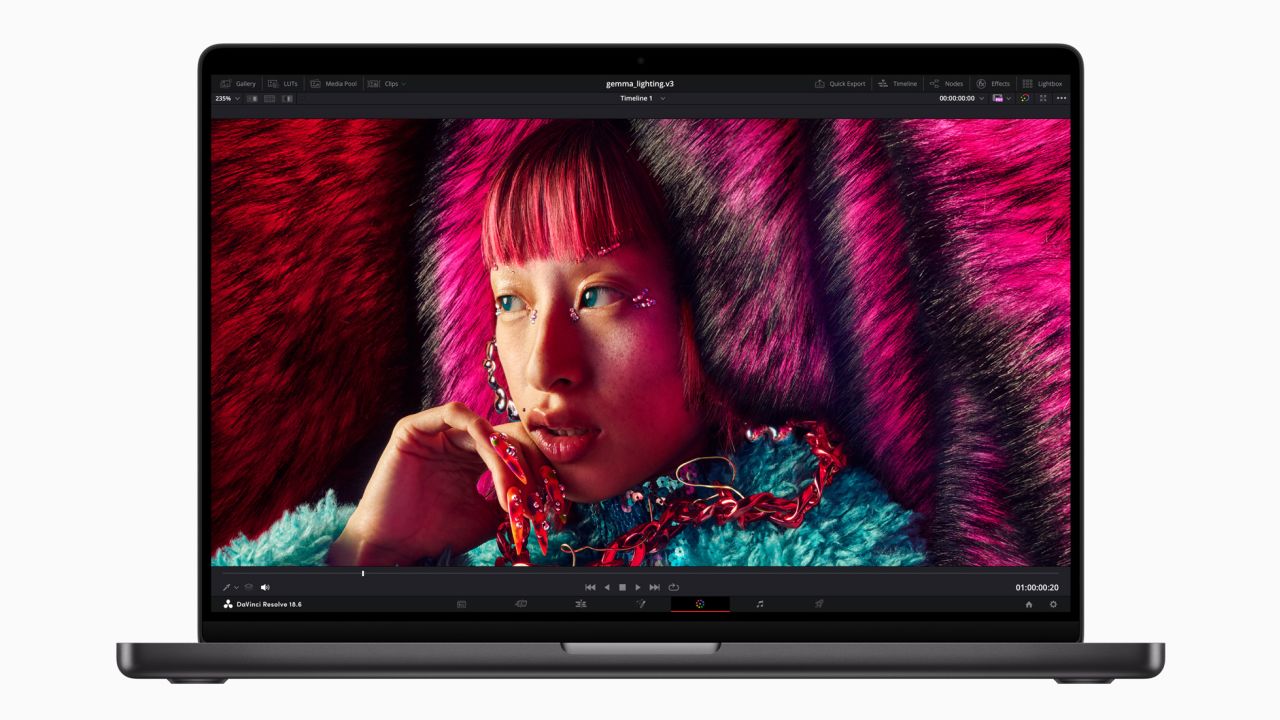This article is part of our series Battle of the Brands, in which we compare category-leading products to their counterparts to determine which are actually worth your money.
The Dell XPS 14 and Apple’s 14-inch MacBook Pro have earned consideration for the best laptop throne by their lineage, but 2024 is a slightly unusual year for these premium laptops. Apple’s MacBook Pro M3 sees the company in a comfortable groove, iterating on its excellence, while Dell’s shaking things up. So, since the “which is better” debate between Macs and PCs is never-ending, we figure this is the perfect time to put one of the most prominent Windows 11 laptops against one of Apple’s most popular MacBooks.
In order to see which laptop is best for you, I’m comparing configurations sold at prices we’d recommend. Sure, you could go for the brawnier M3 Max MacBook Pro, and we’ll explain why some should below, but many more will likely be good with the regular M3-based MacBook Pro I’ve got in my hands. With that said, here’s how to figure out which to buy so this upgrade cycle doesn’t leave you with buyer’s remorse.
Dell XPS 14 vs. MacBook Pro 14-inch at a glance
The new-look Dell XPS 14 trades performance wins and asserts gaming dominance against the MacBook Pro, while also starting with twice as much memory.
An excellent screen in every configuration combines with slightly longer battery life to keep the 14-inch MacBook Pro punching in this face-off.
Specs comparison
|
Dell XPS 14
|
Apple MacBook Pro 14-inch
|
|
|---|---|---|
| Processor, graphics | Intel Core Ultra 7 155H, with Intel integrated Arc graphics or Nvidia GeForce RTX 4050 |
Apple M3 | Apple M3 Pro | Apple M3 Max, with up to 14-core CPU, 30-core GPU |
| Memory | 16GB / 32GB / 64GB |
M3: 8GB / 16GB / 24GB |
| Storage | 512GB to 4TB SSD |
512GB / 1TB / 2TB / 4TB / 8TB |
| Display | 14.5-inch Infinity Edge non-touch display, 1920 x 1200 | 14.5-inch OLED InfinityEdge touch display, 3200 x 2000 |
14.2-inch Liquid Retina XDR, 3024 x 1964 |
| Camera | 1080p camera with Window Hello support |
1080p FaceTime camera |
| USB-C ports | 3 Thunderbolt 4 |
2 Thunderbolt 3 / USB 4 (M3) |
| Additional ports | Headphone jack and memory reader, with included USB-C to USB-A/HDMI adapter |
HDMI, SD card reader, headphone jack, MagSafe charging port |
| Size and weight | 12.6 x 8.5 x 0.7 in., 3.7 lbs. (FHD+), 3.8 lbs. (OLED) |
12.3 x 8.7 x 0.6 in., 3.4 lbs. |
| Colors | Graphite, Platinum |
Space Gray (M3), Silver (M3, M3 Max, M3 Pro), Space Black (M3 Pro, M3 Max) |
The XPS 14’s new design changes don’t feel right, and it lacks ports
The XPS 14 is a bit larger in size and heavier on the scale than the 14-inch MacBook Pro, but not enough for anyone to reject it from their bag or desk. These metal laptops are more similar than different overall, though you might find things you prefer about each. For example, I like how the MacBook Pro’s corners are more rounded.

The big story about these laptops’ designs is rooted in the phrase, “if it ain’t broke, don’t fix it.” Much like how Apple’s MacBook keyboard team spent years re-learning this lesson with the Touch Bar and error-prone Butterfly key switches, Dell’s pushing things a bit too far this year. Take a look at both laptops’ keyboard decks, and the XPS 14 will leave you wondering where its Function keys went, and where its touchpad is.

Turning its power on, you’ll realize that the XPS 14 features a capacitive touch screen of sorts for its Function keys, as text for each button glows on the row above the number keys. The good news is that these “keys” can change function (click fn + escape to see for yourself); the bad news is that you don’t have actual keys, which introduces accidental “clicks” with these buttons that aren’t actually buttons. And then there’s the trackpad, which is there (even though there’s no visual indicator to let you know), from the distance of the Alt key on the left to the Copilot key on the right.
While the XPS 14’s regular keys are still very good and clicky, Dell’s experimental changes to its touchpad and keyboard just don’t offer enough to merit their inclusion. Yes, this new Function row design means more space for thermal cooling (as Dell told the press in its product review guide), and a no-lines trackpad looks a bit more futuristic. But I look over at the 14-inch MacBook Pro’s physical function keys and easy-to-identify touchpad and think it’s “just right.”
MacBook Pro 14 ports
On top of that, the MacBook Pro looks more correct from its sides as well. On its left side, it’s got the excellent MagSafe magnetic charging port, dual USB-C ports and a headphone jack, which sit opposite an HDMI port and SD memory reader on the right. MacBooks with the M3 Pro or M3 Max chip also get a bonus USB-C port on the right side. The XPS 14 packs a trio of USB-C ports, microSDXC card reader and a headphone jack, but none of the others — though Dell throws in an easy-to-misplace adapter that splits a USB-C port into both a USB-A and HDMI. The lack of built-in HDMI is a point of contention for us, because we would rather never need to remember a USB-C hub wherever we go. While Dell always gives you the modern high-bandwidth Thunderbolt 4 standard for the XPS 14’s USB-C ports, the regular M3 MacBook Pro’s ports are one generation behind, with Thunderbolt 3.
Lastly, the MacBook Pro’s little notch on its front edge makes for greater usability, as it’s easier to open with just one hand.
TL;DR: The MacBook Pro’s USB-C ports may vary in ways we wish they wouldn’t, but its design and built-in HDMI port make for a laptop that’s much easier to live with and take from desk to desk.
The XPS 14 and MacBook Pro’s displays are nearly apples-to-apples
One of the best reasons to get a MacBook Pro over a MacBook Air is its mini-LED-based Liquid Retina XDR display, which comes pretty close to the brilliance you expect from OLED. That’s due in part to strong contrast and bold colors, as well as the 14-inch MacBook Pro’s super-sharp 3024 x 1964 resolution. By contrast, the Dell XPS 14 is sold with two 14.5-inch display options: a simple FHD+ (1920 x 1200) panel or a 3.2K (3200 x 2000) OLED touch display that costs $300 extra. We tested a model with the latter, the only option that can rival the MacBook Pro’s panel.
To try and spot a difference between these stellar displays, I watched a 4K version of “Top Gun: Maverick” on each, side by side. In most scenes, I found the picture quality nearly indistinguishable — though there were slight differences. For example, the sky in the background of some shots looked slightly more blue on the MacBook Pro, though the video I shot of both laptops paints a starker difference between the two. I almost want to chalk that up to some oddity that occurs when capturing footage of a screen. Additionally, the green lighting in the in-plane displays looked brighter (and whiter) on the MacBook Pro than on the XPS 14. Neither difference won me over to saying either display looks better, though I could understand someone believing the greener panel and a more-neutral sky are more accurate.
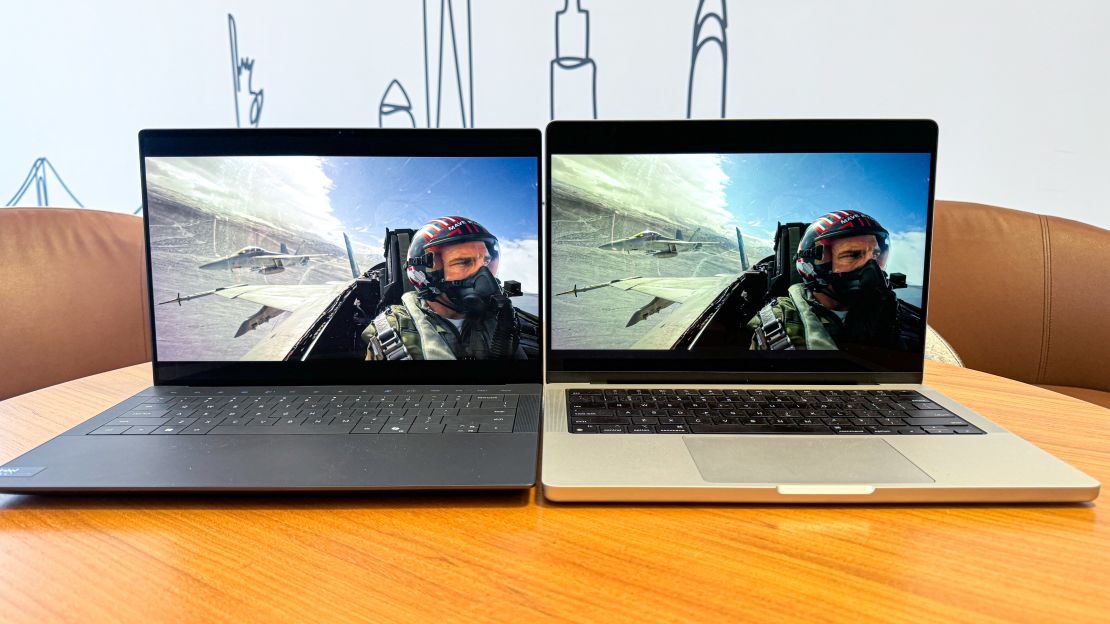
Looking closely at the dings on fighter pilot helmets and the stitching of their equipment, I noted that the movie appears similarly crisp on both displays. Similarly, as I examined the darkest corners of these fighter jets, I observed how Apple’s mini-LED technology offered the inky black hues that you’ll pay a premium to get on the XPS 14 and many TVs.
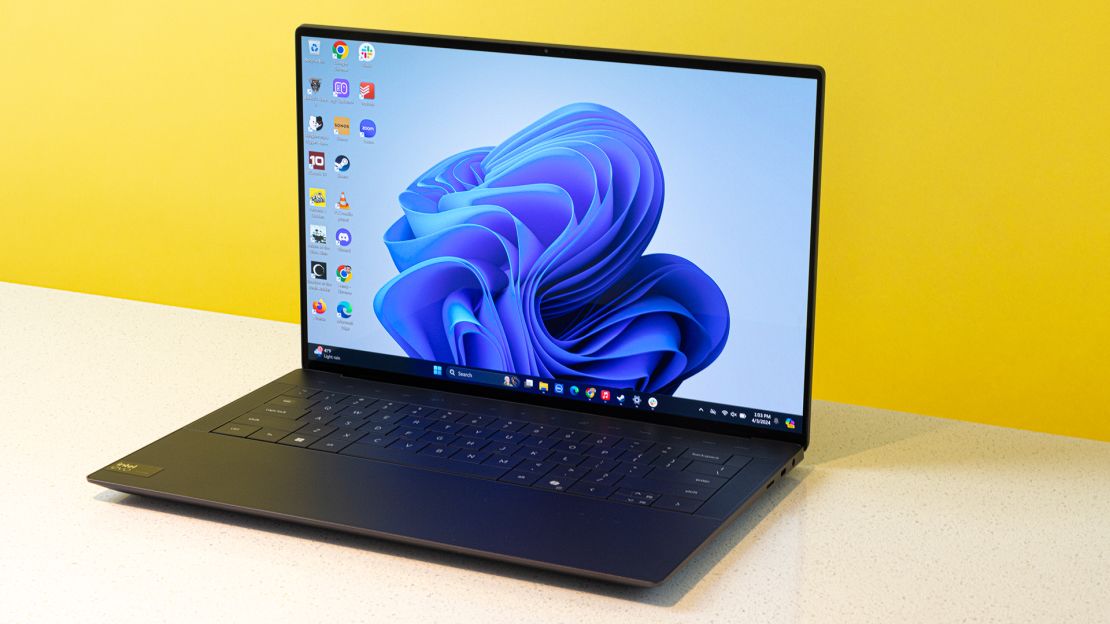
And at the risk of stating the obvious, anyone who wants a touchscreen laptop can’t buy a MacBook unless they want it to come with a side of regret. After days spent testing other laptops and tablets, I often forget that the MacBook Pro’s screen can’t accept touch-based input, as I impotently jab it with my index finger. Oh, and the MacBook Pro screen still has that unsightly notch at the top edge, while Dell fits its webcam into an incredibly thin bezel.
TL;DR: With screens this similar, Apple gets the win for not making you pay more for a great panel, though Dell also gives you the touchscreen that Apple won’t.
The XPS 14 and MacBook Pro trade wins on performance
Testing both the Dell XPS 14 and 14-inch Apple MacBook Pro, I found each laptop to provide enough torque to burn through my various tasks for researching, writing and image editing. Put more simply, multitasking on these machines is much easier than it would be on a less-costly laptop. Yet I still wondered which beast is brawnier.
When comparing Geekbench 6 test results, Apple and Dell’s 14-inch fighters each took one round of CPU-based benchmarking, but only one took home a GPU win. The interesting note for the below tests is how handily the MacBook Pro won the single-core test, which factors how speedily the chip handles on low-impact, everyday tasks. The multicore test that the XPS 14 won, however, measures performance on more-demanding processes.
|
Dell XPS 14
|
Apple MacBook Pro 14-inch
|
|
|---|---|---|
| Processor | Intel Core Ultra 7 155H |
Apple M3 with 8-core CPU |
| Graphics | Nvidia GeForce RTX 4050 |
10-core GPU |
| Geekbench 6 (single-core) | 2,300 |
3,066 |
| Geekbench 6 (multicore) | 13,074 |
11,650 |
| Geekbench 6 Compute (OpenCL) | 66,121 |
30,308 |
That said, the MacBook Pro’s 33% margin of victory on the single-core test is much wider than the 11% multicore win that the XPS 14 took. The XPS 14’s discrete graphics card (a $400 upgrade) helped it more than double the MacBook Pro’s score on the GPU-based Compute test.
Of course, we should note that Apple offers the ability to upgrade to its beefier M3 Pro and M3 Max chips (for those willing to spend much more), which we tested in the 16-inch MacBook Pro. That laptop beat the XPS 14 on the multicore and Compute tests.
TL;DR: Both the XPS 14 and M3 MacBook Pro 14 provide a lot of CPU speed, but the Dell laptop’s smaller margin of victory makes Apple’s win all the more impressive.
You won’t spend as much for serious graphics on the XPS 14
You could buy one of the best gaming laptops, but some of us want a mainstream laptop that can serve up rounds of top-shelf gaming. In our testing of the M3 MacBook Pro models, we found that the version with the entry-level M3 chip just couldn’t handle the top-tier gaming needs of Baldur’s Gate 3, leading to choppy framerates. So, those who want to play demanding games on their MacBook will need an upgrade.
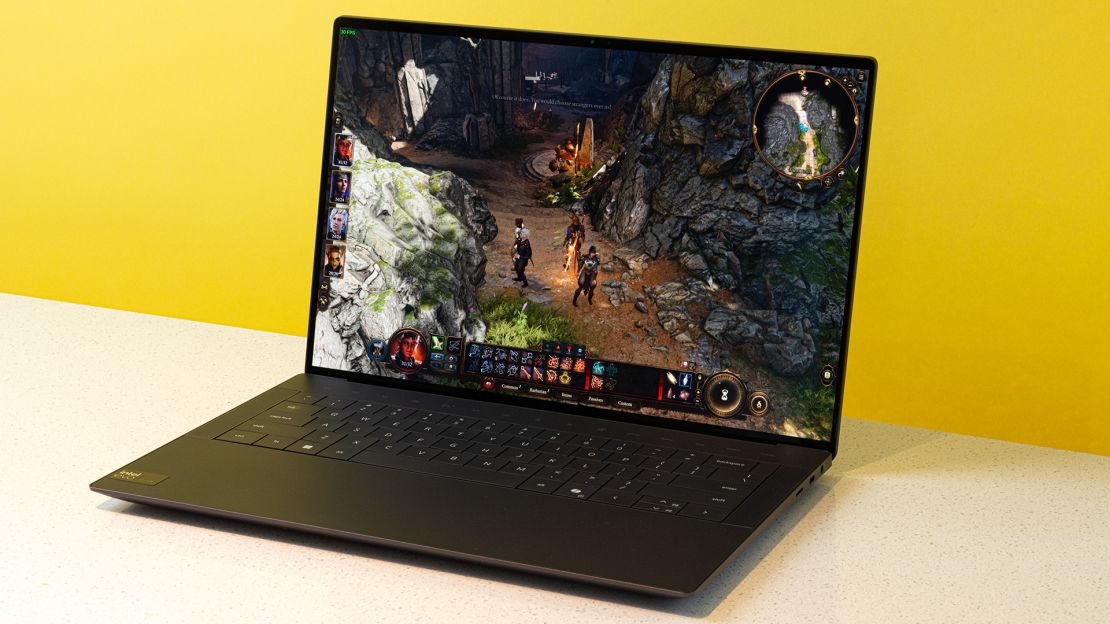
While we haven’t tested the M3 Pro-based MacBook Pro, we can tell you that you’ll probably want the M3 Max-based MacBook Pro for high-end gaming. The M3 Max-based 16-inch MacBook Pro ran Baldur’s Gate 3 crisply in near-full HD resolution at Ultra graphics, but those adventures didn’t look quite as smooth when I bumped it up to the laptop’s native resolution of 3456 x 2234. If that chip had handled 4K-like gaming better, I would be more confident in considering the M3 Pro, which sits in between the M3 and M3 Max.
Meanwhile, the Dell XPS 14 we tested looked good at full HD/Ultra settings with just its regular Intel Core Ultra 7 155H CPU and its upgraded Nvidia GeForce RTX 4050 GPU, which costs a mere $400 extra. That means you’re spending at least $2,099 at Dell (or $2,399 if you want a 3.2K display), while the 14-inch MacBook Pro starts at $3,199 when configured with the M3 Max.
TL;DR: Gamers looking for a premium mainstream laptop that can also game should look at the XPS 14 and get the GPU upgrade.
The MacBook Pro’s battery life outlasts the XPS 14 by a small margin
When I run our battery life test — which times how long it takes a looping 4K video at 50% brightness to drain a laptop’s full charge — I expect seriously strong results from pricey laptops like these. This is why I was relatively happy with the times from both the 14-inch MacBook Pro and the XPS 14, as each lasted over 9 hours. That said, the MacBook Pro lasted exactly 30 minutes longer, i.e. another episode of your favorite sitcom on a long, long flight.
|
Dell XPS 14
|
Apple MacBook Pro 14-inch
|
|
|---|---|---|
| Battery life (hours:minutes) | 9:25 |
9:55 |
| Display, resolution | 14.5-inch OLED touch display, 3200 x 2000 |
14.2-inch Liquid Retina XDR, 3456 x 2234 |
That said, the next XPS laptops may be catching up on Apple’s success, as the upcoming Copilot+ PCs run on Arm-based chipsets — just like Apple’s M-series processors. This is why we’re excited to see Dell promise up to 21 hours of video playback in the upcoming XPS 13.
TL;DR: For now, Apple’s won the battery life battle by a notch, but the next Dell might catch up.
The MacBook Pro’s sound is a little sweeter than the XPS 14’s
As I used the 14-inch MacBook Pro and XPS 14 to fill my apartment with tunes from my “sound check” playlist, I noticed similar sounds, with one notable exception. The laptops tied when blasting out Talking Heads’ “Once in a Lifetime,” as the synths and ambient warmth practically bubbled off of both sets of speakers while David Byrne’s refrain of “same as it ever was” hit just right. Then, I played power pop band Charly Bliss’ ballad “Nineteen,” where the XPS 14’s version of the track’s strong string instruments and jazz sax filled the room.

But that same song sounded better on the MacBook Pro, where I heard the opening piano keys hit with a little more oomph. The major difference between the laptops’ sound systems is found in the low end, as the bass of Kid Cudi’s “Pursuit of Happiness” and Daft Punk’s live recording of “Touch It / Technologic” also hit a little harder.
TL:DR: Both laptops sound good, but Apple’s packed more bass into the MacBook Pro than Dell fit into the XPS 14.
The XPS 14 offers facial recognition, better starting specs and a competitive price
Much like how the XPS 14 is one of many PC laptops with a touchscreen option, Dell’s flagship laptop also offers two methods of Windows Hello biometric authentication: fingerprint and facial recognition. Meanwhile, the MacBook Pro only offers a fingerprint reader, as its notched webcam doesn’t pack Apple’s Face ID for login, unlock and authentication. While the unlock via Apple Watch trick means that I don’t need facial recognition, it’s annoying that Apple has yet to catch up on webcam-based facial recognition — something PCs have had for many years now.
Speaking of webcams, I opened up each laptop’s respective camera app to snap a selfie to compare clarity and overall quality. And even though the XPS 14’s 2.0-megapixel sensor captured an image with a higher resolution than the 1.3-MP sensor in the MacBook Pro, the latter’s photo looks clearer, as you can see a lot more detail in my forehead and cheeks.
What about how these laptops ship unaltered? At $1,699, the XPS 14 includes 16GB of memory and 512GB of SSD storage, and the 14-inch MacBook Pro starts at $1,599 in a configuration with the same amount of storage and half as much memory. To bump the MacBook Pro’s RAM up to 16GB will cost you $200, bringing your total to $1,799. The MacBook Pro could never be called a budget laptop, but we still wish Apple could make its starting specs a bit more wallet-friendly.
TL:DR: The XPS 14 benefits from out-of-the-box feature and spec comparisons, as Apple’s lagging behind on RAM and facial recognition.
Bottom line
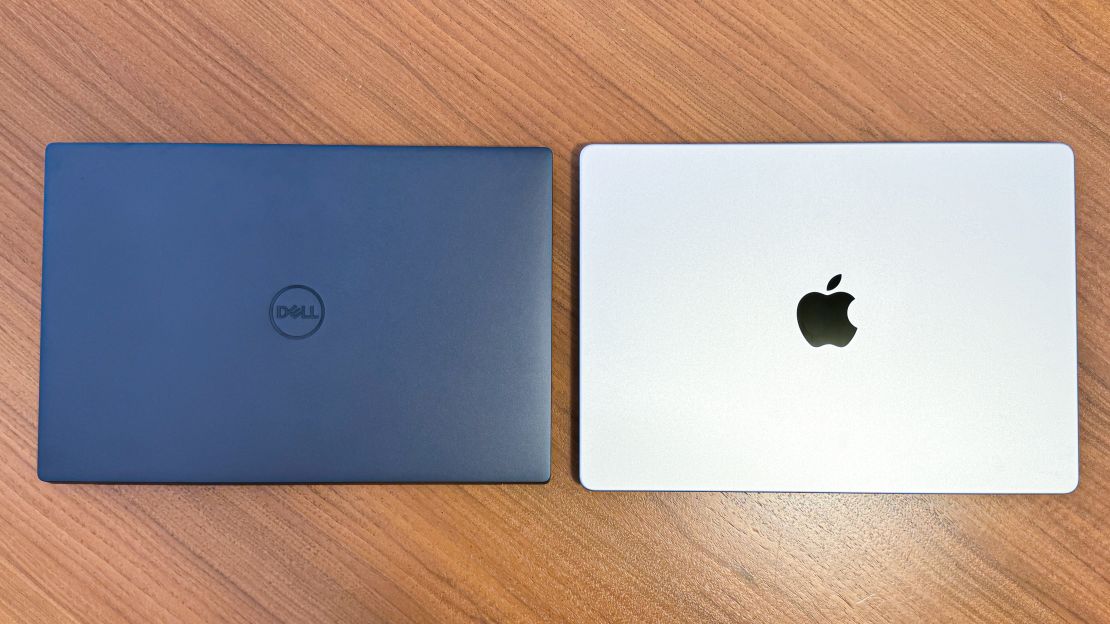
As someone firmly ensconced in the world of MacBooks, I have to admit when I’m envious. Facial recognition, a touch screen, more starting memory and a more affordable gaming-ready config stack up to leave me green with want for what the PC kids have. But since this is an all-or-nothing trade, I’d rather have physical function keys, a visually identifiable touchpad, that great mini-LED screen by default and MagSafe charging.
In the meantime, I hope someone from each company is checking the feedback from the press and the public, and that Apple’s future laptops might allow for touch input in the future. I also look forward to doing the next version of this face-off, to see what lessons Apple and Dell learn in the meantime. For now, you can’t go wrong with either of these laptops, but anyone who leans to the PC side should check out my Dell XPS 14 review to see if its unconventional design is right for you.

